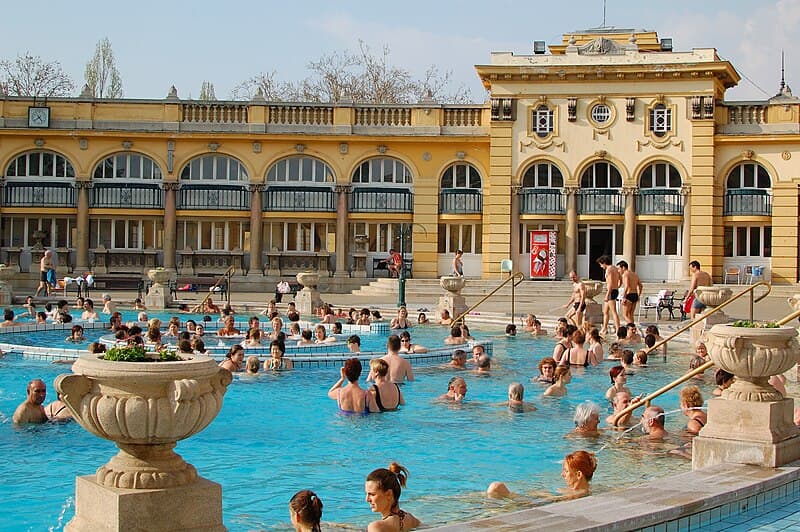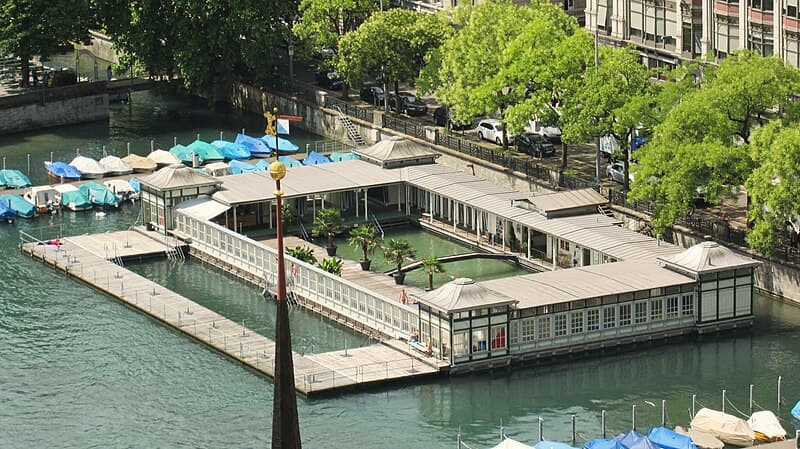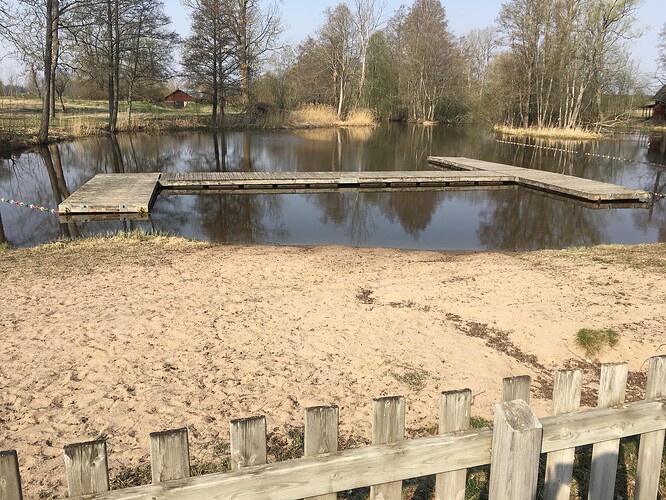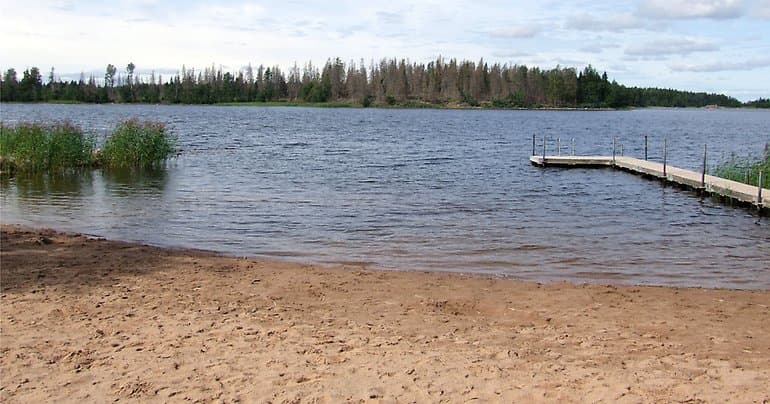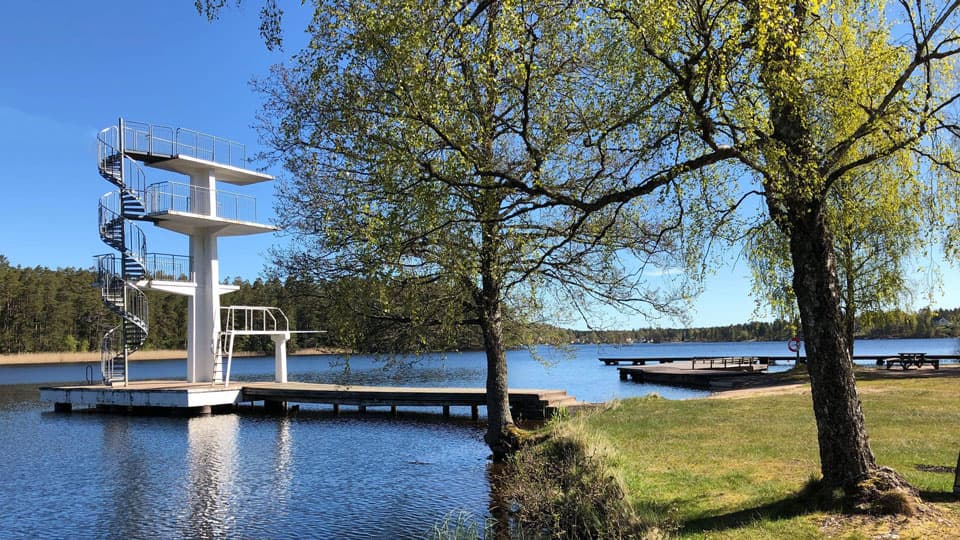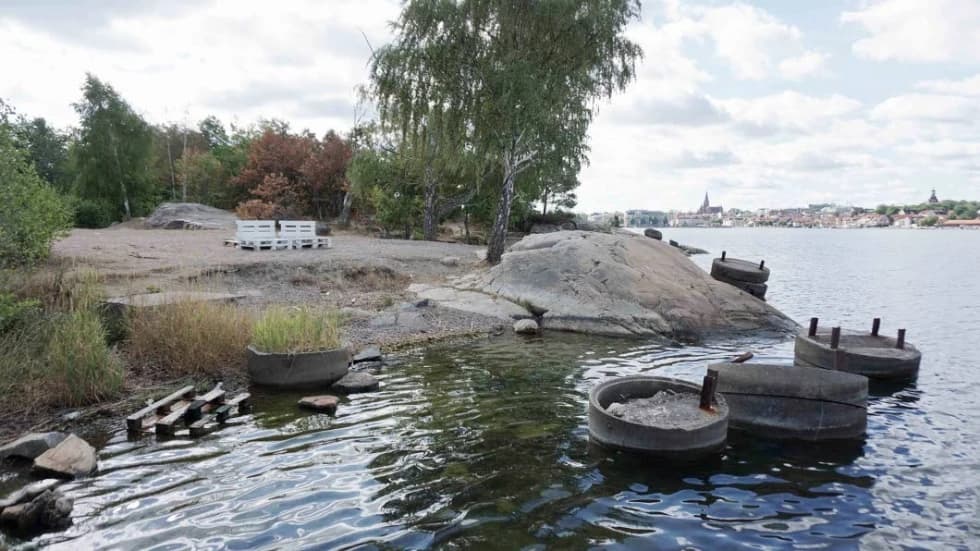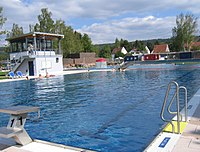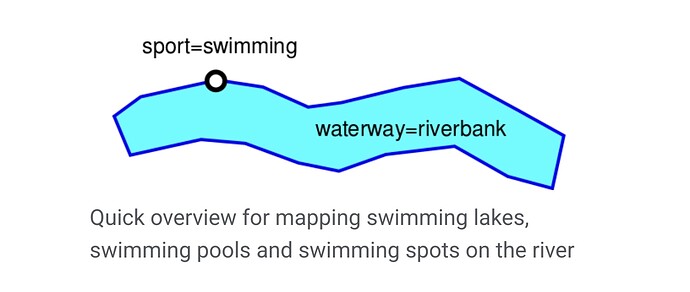We’ve recently had some discussion in the Swedish community on the mapping of bathing places (most of the discussion is here). And while we’re pretty much agreeing on how the mapping should happen we also want to let the global community weigh in on the topic (suggested by @pangoSE). If the same consensus stands here we would then try to clarify the relevant wiki pages, as we’re also agreeing on them currently being somewhat diffuse.
It should be noted that this is not a proposal to change the meaning of any tags, but rather working on clarifying the existing tag definitions.
bathing_place vs. public_bath
To begin with, we have the tags leisure=bathing_place vs. amenity=public_bath. Here the wiki is still somewhat clear, however it seems there are a lot of places tagged as amenity=public_bath which should instead be tagged as leisure=bathing_place. My understanding of the difference between these is that a public bath will have significant facilities, and the water areas be more akin to pools than open water, while bathing places will only have rudimentary facilities and usually be on open water.
In most cases, public baths are completely surrounded by fence or wall and require paying an entrance fee, while bathing places do not, however this is not a strict rule and should be specified using fee.
The naming “public bath” makes this all a bit confusing, but I assume it has similar origins to the British term “public school”.
Some images from the wiki and the web showing public baths
(note how while on a river(?) it is completely enclosed)
Some images from the wiki and the web showing bathing places
(note that while having a pretty significant tower it overall has the characteristic of a bathing place)
(note that while being fenced it it does not have the facilities of a public bath)
informal=yes bathing places
Currently, the wiki requires even bathing places to at least have a sign, however that can in practice be unnecessarily limiting on what can be mapped. At least in Sweden, there are many bathing places that are popular and well known, but because they are not managed by neither the local government nor some other grouping they are not signposted. For these we think it would make sense to formalize (as in, specify on the wiki) the usage of the informal=yes tag. That is, they would be tagged using leisure=bathing_place and informal=yes.
In some cases the local government does not want the place to be signposted because of some danger and will take down any signs put up, common examples include old quarries. And while a case could be made for not wanting to encourage consumers of OSM to visit these potentially dangerous places either I think it would make more sense to still map them, but include tagging to reflect the situation, possibly using the existing hazard key.
However, care should be taken that this should not be tagged to map any place happens to be suitable for bathing, like every bend in a river that happens to have a bit of sand as a beach. While hard to specify a strict minimum level, I think some good examples that would warrant tagging an informal bathing places (usually most of these will be true):
- It’s generally known (at least by most people living nearby)
- It has a generally accepted name
- It’s suitable for bathing, more so than the surroundings (for example because a path is leading there, or because it’s the only beach on a lake that otherwise is completely surrounded by vegetation
- It’s regularly used for bathing
Some images from the wiki and the web showing informal bathing places
See also the images of non-informal bathing places, but imagine without any facilities and possibly without mowed grass.
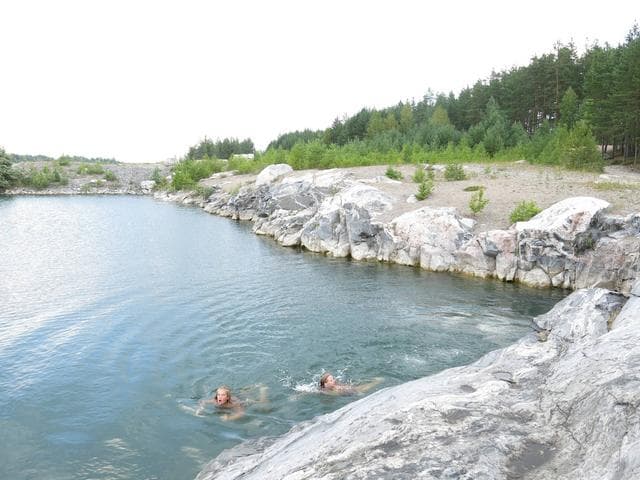
(old quarry, have been several deaths over the years but despite that it’s still very popular)
leisure=swimming_area
Next, there are a lot of places simply tagged with leisure=swimming_area, without either leisure=bathing_place nor amenity=public_bath. My understanding is that, following the “map what’s on the ground” rule, leisure=swimming_area is only intended to be used when the swimming area is clearly marked, as in the following image. Otherwise, the boundary to draw would be guesswork, and as most bathing places are in fact not limited (you can swim in the entire body of water if you want) it would end up with the entire water area being also tagged as a swimming area, which wouldn’t make a lot of sense.
(note the buoy lines in the water)
Furthermore, leisure=swimming_area should never be on its own, but rather always mapped together with a bathing places or public bath (though for public baths it might make more sense to use leisure=swimming_pool).
BUT, and at this point the wiki becomes actively contradictory, leisure=swimming_area notes leisure=bathing_place as a possible tagging mistake, despite having somewhat different meanings and Swimming and bathing referencing both tags separately. (added recently by @geozeisig, could you add some context to that?)
Names
Finally, we have the question of names, especially as there are numerous cases where the name of the bathing place is identical to the body of water, the beach (if it has a name) or some other feature like a bay. We haven’t discussed this at length in the Swedish community, but my personal stance is that if the bathing place has the same name as some other feature, both should have a (identical) name= tag (even though that might look weird in the rendered map, but following the “don’t map for the renderer”-rule).
Next steps
We want to start by gathering feedback here. Is everyone agreeing on our understanding of the existing tags as described above? Is there something we’ve missed?
If all looks good we would then try to improve the wording of the existing wiki pages (both for the tags mentioned and the overview page Swimming and bathing). It would likely also make sense to improve the existing data to be inline with the definition on the wiki, possibly by creating a MapRoulette tasks.

